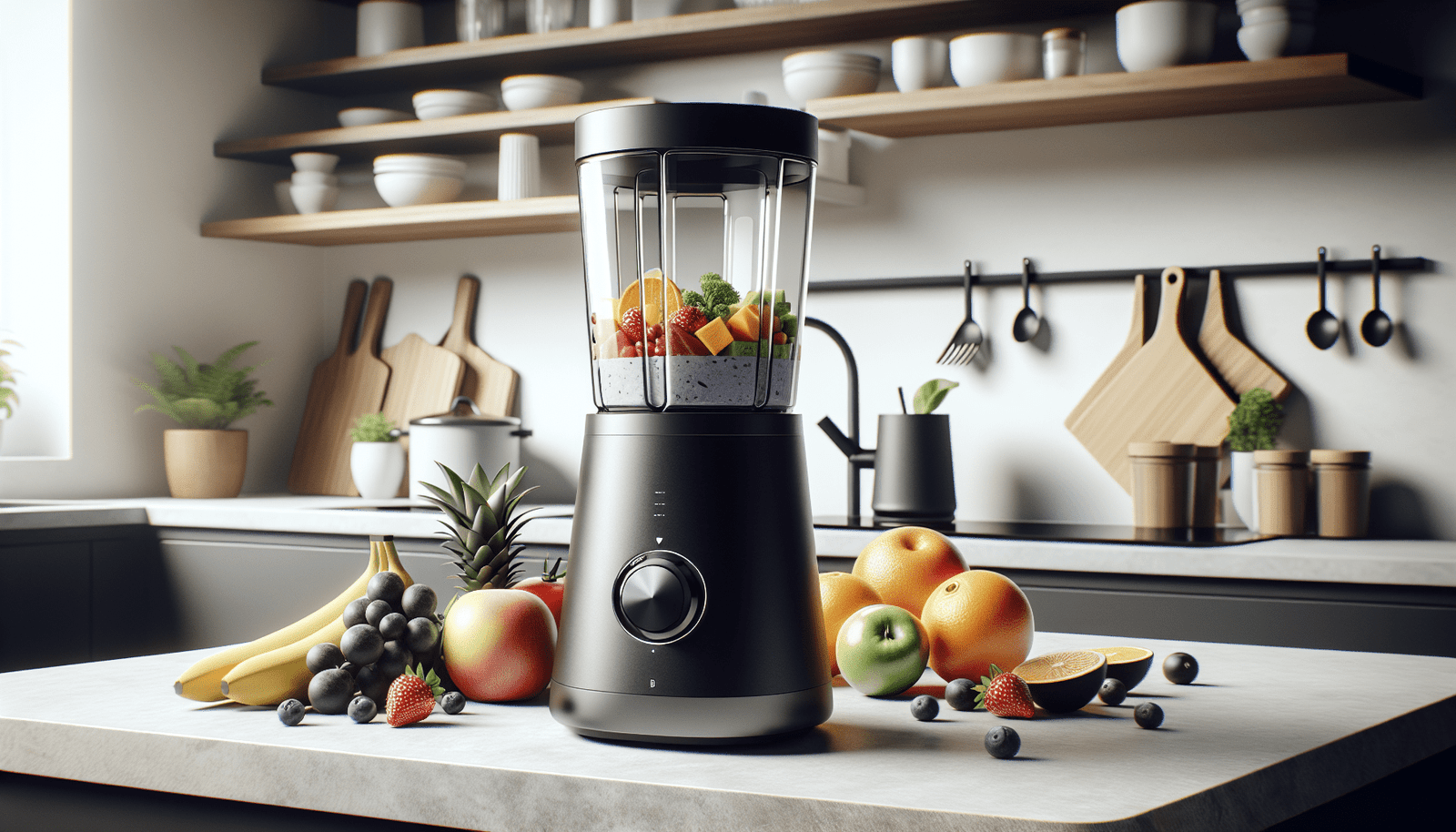In this article, we will be exploring the important factors to consider when choosing a portable blender, focusing specifically on weight. Finding the ideal weight for a portable blender can make all the difference in its usability and convenience. Whether you’re on-the-go or blending up smoothies at home, finding the right balance between lightweight and sturdy is key. So, let’s dive into the world of portable blenders and discover what weight is ideal for your blending needs.
Weight Considerations For Portable Blenders: What’s Ideal?
Are you in the market for a portable blender but unsure about the ideal weight to look for? In this article, we will explore the different weight considerations for portable blenders and help you determine what weight may be ideal for your needs.
Understanding Blender Weight
When it comes to portable blenders, weight is an important factor to consider. A heavier blender may be more difficult to carry around, especially if you plan on using it while traveling or on the go. On the other hand, a lighter blender may be more convenient but may sacrifice durability or performance.
Lightweight Blenders
Lightweight blenders are typically easier to carry around and are more convenient for travel purposes. These blenders are great for making smoothies on the go or for taking with you to the office. However, be mindful that lightweight blenders may not be as durable or powerful as heavier models.
Medium Weight Blenders
Medium weight blenders strike a balance between portability and performance. These blenders are versatile enough to be used at home or on the go, offering a good compromise between convenience and power. They are often durable enough to withstand daily use and can handle a variety of ingredients.
Heavy Duty Blenders
Heavy duty blenders are typically heavier due to their powerful motors and more robust construction. These blenders are designed for heavy daily use and can handle tougher ingredients like frozen fruits, nuts, and seeds. While they may not be as portable as lighter models, they are perfect for making a wide range of recipes.
Factors Influencing Blender Weight
There are several factors that can influence the weight of a portable blender. Some of these factors include:
- Motor Size: The size and power of the motor in a blender can significantly impact its weight. A more powerful motor may be heavier but can also provide better blending performance.
- Material: The materials used in the construction of the blender can also affect its weight. Blenders made of heavy-duty materials like stainless steel may be heavier than those made of plastic.
- Battery Size: If the blender is battery-powered, the size and capacity of the battery can contribute to its weight. Larger batteries may provide longer run times but can also make the blender heavier.
- Additional Features: Extra features like multiple speed settings, blending modes, or accessories can add weight to the blender. Consider the features that are important to you and how they may impact the overall weight.
Finding the Ideal Weight for You
When determining the ideal weight for a portable blender, consider your individual needs and preferences. Ask yourself the following questions:
- Will you be using the blender primarily at home or on the go?
- Do you prioritize portability or blending power?
- How often do you plan on using the blender?
- What types of ingredients do you typically blend?
By answering these questions, you can better determine what weight range may be ideal for your specific usage scenario.
Comparing Weight Ranges
To help you further understand the weight considerations for portable blenders, let’s compare different weight ranges and their corresponding features and characteristics:
| Weight Range | Features | Characteristics |
|---|---|---|
| Lightweight | Portable, convenient for travel | Less powerful, may lack durability |
| Medium Weight | Balanced portability and performance | Versatile, durable, suitable for daily use |
| Heavy Duty | Powerful motor, durable construction | Handles tough ingredients, less portable |
Consider which weight range aligns most with your needs and priorities to find the ideal portable blender for you.
Tips for Choosing the Right Blender Weight
Here are some additional tips to help you choose the right blender weight:
- Consider how often you will be using the blender and where you plan on using it. For daily use at home, a heavier blender may be more suitable, while a lighter blender may be better for travel.
- Think about the types of recipes you will be making with the blender. If you plan on blending tough ingredients like ice or frozen fruits, a heavier, more powerful blender may be necessary.
- Take into account any additional features you may need, such as multiple speed settings, pulse functions, or blending accessories. These features can add weight to the blender but may also enhance its performance and versatility.
By considering these factors and tips, you can make an informed decision on the ideal weight for your portable blender.
Conclusion
In conclusion, the ideal weight for a portable blender will ultimately depend on your individual needs and preferences. Whether you prioritize portability, blending power, or durability, there are a wide variety of options available to suit your requirements. Consider the factors that influence blender weight, compare different weight ranges, and follow the tips provided to choose the right blender weight for you. Happy blending!
